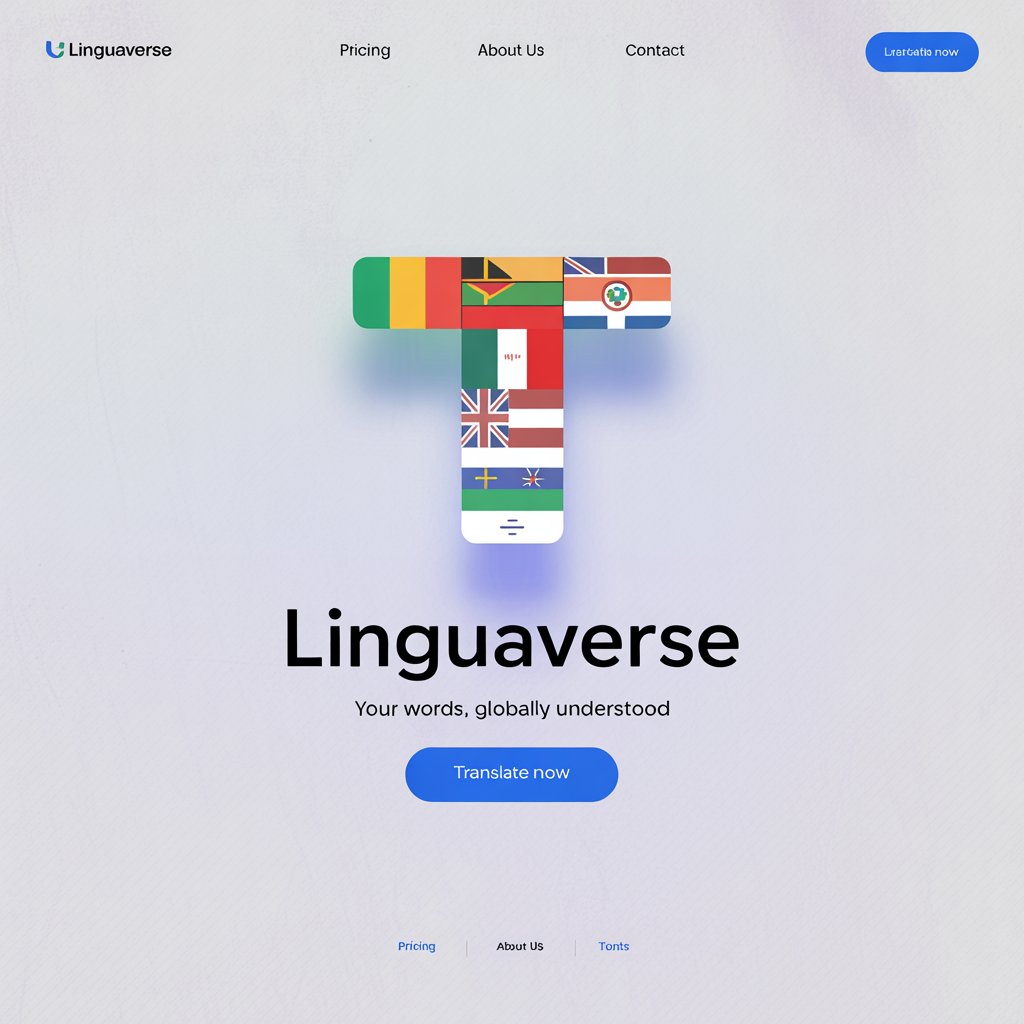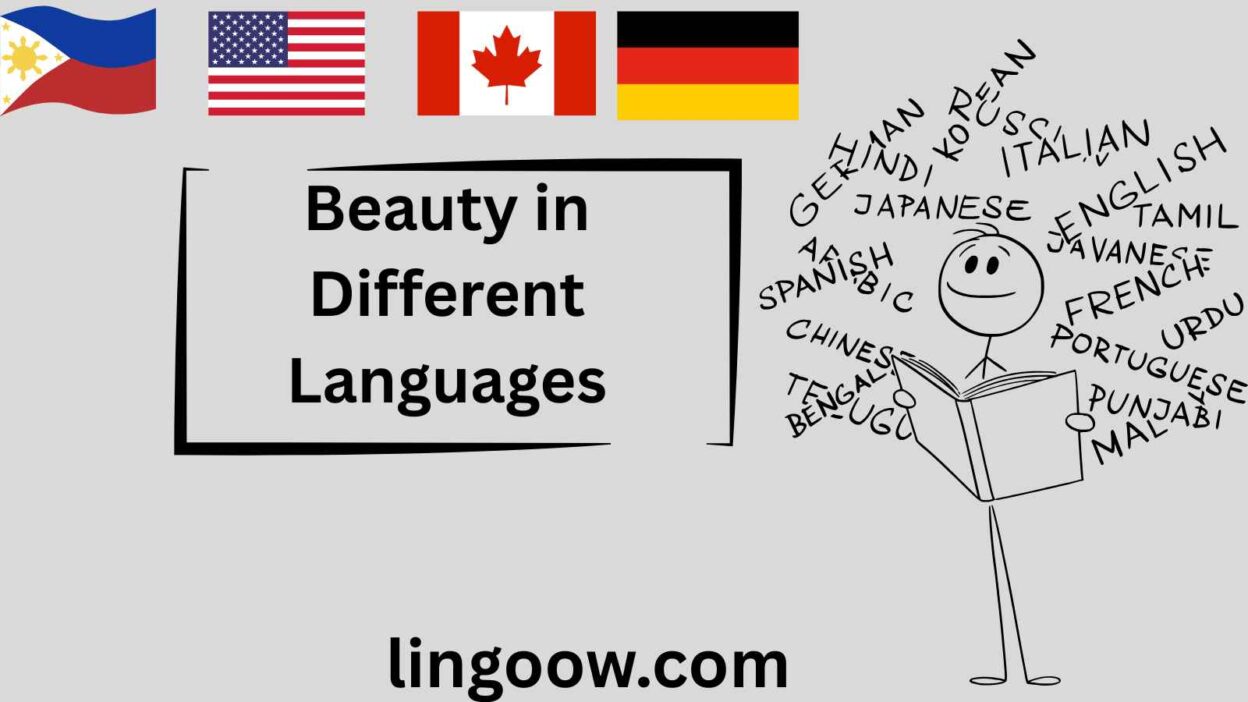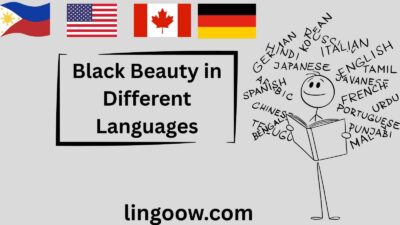Introduction
When I was a child, my grandmother would sit me on her lap and tell stories of her travels, her eyes sparkling as she described the vibrant markets of Morocco, the serene temples of Japan, and the rolling hills of Tuscany. Each place, she said, had its own way of capturing beauty—a word that felt like a warm embrace, yet carried different shades of meaning wherever she went. Beauty, I learned, is more than a word; it’s a universal thread weaving through every culture, a shared human experience that transcends borders yet takes on unique expressions in every language. This blog post explores how the word for beauty resonates across the globe, revealing the heart of each culture while celebrating our collective awe for the exquisite.
Reference Table: The Word for Beauty in Different Languages
| Language | Word/Phrase | Cultural/Linguistic Insight |
|---|---|---|
| French | Beauté | Rooted in Latin bellus (pretty), it reflects elegance and artistry in French culture. |
| Spanish | Belleza | Evokes passion and vibrancy, often tied to nature and human connection in Hispanic cultures. |
| Italian | Bellezza | Suggests a deep appreciation for art, symmetry, and the aesthetic in Italian life. |
| German | Schönheit | Emphasizes inner and outer harmony, often linked to philosophical ideals. |
| Mandarin | 美 (Měi) | Represents harmony and balance, deeply tied to Confucian ideals of aesthetic perfection. |
| Hindi | सुंदरता (Sundarta) | Reflects spiritual and natural beauty, often celebrated in poetry and Bollywood. |
| Japanese | 美しさ (Utsukushisa) | Connected to wabi-sabi, valuing imperfection and transience in beauty. |
| Korean | 아름다움 (Areumdaum) | Emphasizes grace and refinement, often seen in K-pop and traditional arts. |
| Arabic | جمال (Jamal) | Tied to divine creation, often used to describe both physical and spiritual beauty. |
| Swahili | Uzuri | Reflects communal joy and natural splendor, often celebrated in East African poetry. |
| Zulu | Ubuhle | Emphasizes inner virtue and external charm, central to Zulu cultural expressions. |
| Yoruba | Ẹwa | Linked to character and aesthetics, often celebrated in Yoruba art and proverbs. |
| Maori | Ataahua | Embodies spiritual and natural beauty, often tied to land and ancestry in Maori culture. |
| Hawaiian | Nani | Reflects the beauty of nature and aloha spirit, central to Hawaiian identity. |
| Cherokee | ᎤᏬᏚ (Uwodu) | Connected to harmony with nature and community, a core Cherokee value. |
European Languages: A Tapestry of Elegance
In Europe, the concept of beauty is as diverse as its history. In French, beauté flows like a melody, evoking images of Parisian art galleries and lavender fields in Provence. It’s a word that carries sophistication, often tied to the cultural reverence for fashion and cuisine. Spanish belleza pulses with passion, reflecting the fiery spirit of flamenco and the vibrant landscapes of Latin America, where beauty is celebrated in both the grandiose and the everyday. In Italian, bellezza is inseparable from the Renaissance, where art and symmetry defined cultural ideals—think of Michelangelo’s sculptures or the rolling hills of Tuscany. German Schönheit goes deeper, blending outer aesthetics with inner harmony, a nod to the philosophical musings of Kant and Goethe. Across these languages, beauty is a bridge between the tangible and the ethereal, shaped by each culture’s unique lens.
Asian Languages: Harmony and Depth
Asia’s linguistic diversity offers a kaleidoscope of perspectives on beauty. In Mandarin, 美 (Měi) is a single, elegant character that embodies balance and perfection, rooted in Confucian ideals. It’s seen in the symmetry of ancient gardens and the grace of calligraphy. In Hindi, सुंदरता (Sundarta) is poetic, woven into Bollywood songs and spiritual texts, where beauty is both divine and earthly, from the Taj Mahal to a simple smile. Japanese 美しさ (Utsukushisa) embraces wabi-sabi, finding beauty in imperfection—like a weathered teacup or a fleeting cherry blossom. In Korean, 아름다움 (Areumdaum) reflects refinement, evident in the sleek aesthetics of K-pop and the delicate patterns of hanbok. Arabic جمال (Jamal), spoken across over 20 countries from Morocco to Iraq, ties beauty to divine creation, often used to describe both a person’s grace and their moral character. These variations highlight Asia’s rich tapestry, where beauty is both a visual and spiritual journey.
African Languages: Vibrancy and Virtue
Africa’s linguistic landscape is as vibrant as its cultures. In Swahili, spoken across East Africa (including Kenya, Tanzania, and Uganda), uzuri captures the joy of communal celebrations and the splendor of savannah sunsets. It’s a word that dances in poetry and song. Zulu, used in South Africa and Zimbabwe, speaks of ubuhle, where beauty is inseparable from inner virtue—think of the radiant pride in traditional beadwork or the strength of a warrior’s spirit. In Yoruba, spoken in Nigeria and Benin, ẹwa blends physical and moral beauty, often celebrated in intricate sculptures and proverbs that honor character. Across over 20 African nations, from Ethiopia’s Amharic ማራኪ (Maraki) to Hausa’s kyau, beauty is a communal and spiritual force, rooted in connection and resilience.
Indigenous & Island Languages: Roots and Reverence
Indigenous and island cultures offer profound perspectives on beauty, often tied to land and ancestry. In Maori (New Zealand), ataahua reflects the sacred connection to nature, seen in the lush forests and intricate carvings of meeting houses. Hawaiian nani embodies the aloha spirit, where beauty is found in the ocean’s rhythm and the warmth of community, celebrated in hula and chants. Cherokee ᎤᏬᏚ (Uwodu), spoken in parts of the United States, ties beauty to harmony with the earth, a value passed down through storytelling. Samoan matagofie, used in Samoa and American Samoa, evokes the grace of traditional dance and the strength of family ties. Across over 20 indigenous and island communities, from the Inuit ᖁᕕᐊᓱᒃᑯᑦ (Quviasukvut) in Canada to the Chamorro bunitu in Guam, beauty is a sacred thread linking people to their roots and environment.
Cultural Insights: The Evolution of Beauty
The concept of beauty has evolved over centuries, shaped by history, religion, and tradition. In ancient Greece, beauty (kallos) was tied to symmetry and divine proportion, influencing Western art for millennia. In ancient China, 美 (Měi) was linked to Confucian harmony, guiding aesthetics in poetry and architecture. In Islamic cultures, جمال (Jamal) reflects divine perfection, seen in intricate geometric designs and calligraphy. In African oral traditions, beauty often merges with moral goodness, as seen in Yoruba proverbs. Over time, beauty has been a mirror of cultural values—whether the Renaissance’s obsession with proportion, Japan’s embrace of imperfection, or Indigenous reverence for nature. Yet, across these civilizations, beauty remains a universal language, speaking to our shared desire to find meaning in the world around us.
Proverbs: Wisdom in Words
Beauty inspires wisdom across cultures, captured in proverbs and sayings:
- French: La beauté est dans l’œil de celui qui regarde. (Beauty is in the eye of the beholder.)—Emphasizes subjectivity and personal perspective.
- Hindi: सच्ची सुंदरता हृदय में होती है। (True beauty lies in the heart.)—Reflects India’s focus on inner virtue.
- Swahili: Uzuri wa moyo hupita uso. (The beauty of the heart surpasses the face.)—Highlights moral beauty in East African culture.
- Japanese: 美は一時の花。 (Beauty is a fleeting flower.)—Echoes wabi-sabi’s transient nature.
- Yoruba: Ẹwa inu ni ẹwa tootọ. (Inner beauty is true beauty.)—Stresses character over appearance.
These sayings remind us that beauty, while universal, is deeply personal and often tied to values beyond the physical.
FAQs
Why does the word for beauty sound similar in many languages?
Many languages share roots, like Latin bellus influencing French, Spanish, and Italian, or Arabic jamal spreading across the Middle East due to trade and religion. Linguistic families create these connections, but unique pronunciations reflect cultural nuances.
What’s the oldest known usage of a word for beauty?
While exact origins are hard to pinpoint, ancient languages like Sanskrit (सुंदर, Sundar) and Greek (kallos) used beauty-related terms over 3,000 years ago, often tied to divine or natural ideals.
How do cultures differ in expressing beauty?
Western cultures often emphasize symmetry and aesthetics, Asian cultures blend spiritual and physical beauty, African cultures value communal and moral beauty, and Indigenous cultures tie beauty to nature and ancestry. Yet, all share a reverence for what uplifts the human spirit.
Conclusion
Beauty, in all its linguistic forms, is a universal language that speaks to our shared humanity. From the elegance of beauté in French to the harmony of 美 (Měi) in Mandarin, from the vibrant uzuri in Swahili to the rooted ataahua in Maori, this word captures our awe for the world and each other. It’s a reminder that, despite our differences, we all seek to celebrate what makes life extraordinary. How does beauty resonate in your language or culture? Share your thoughts, stories, or favorite sayings in the comments below—let’s weave this global tapestry together!




